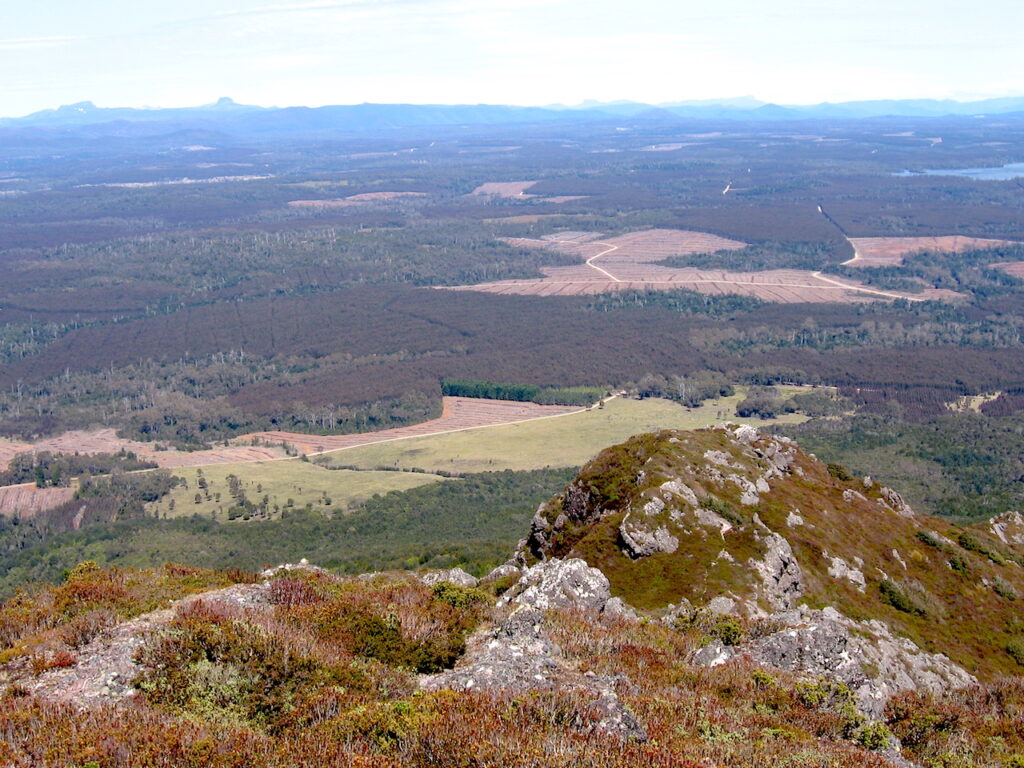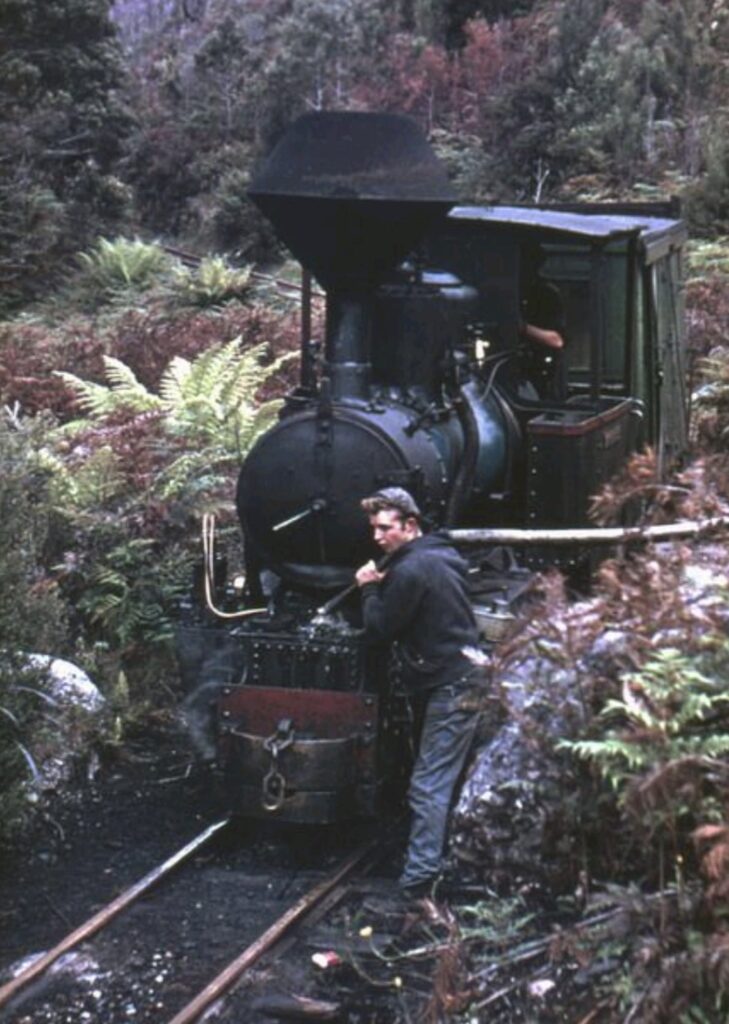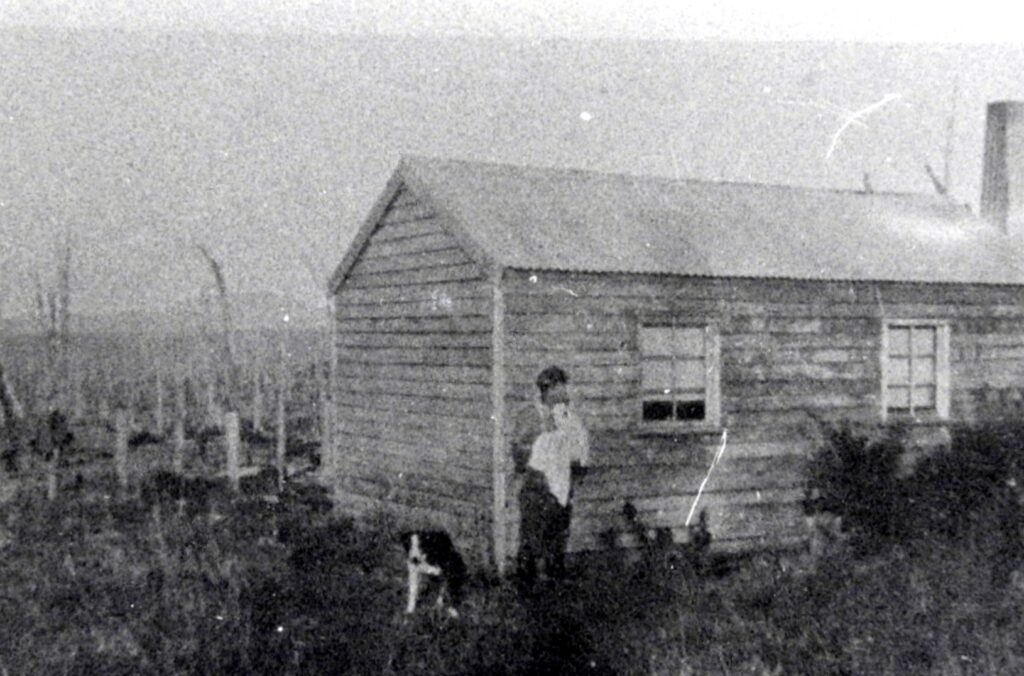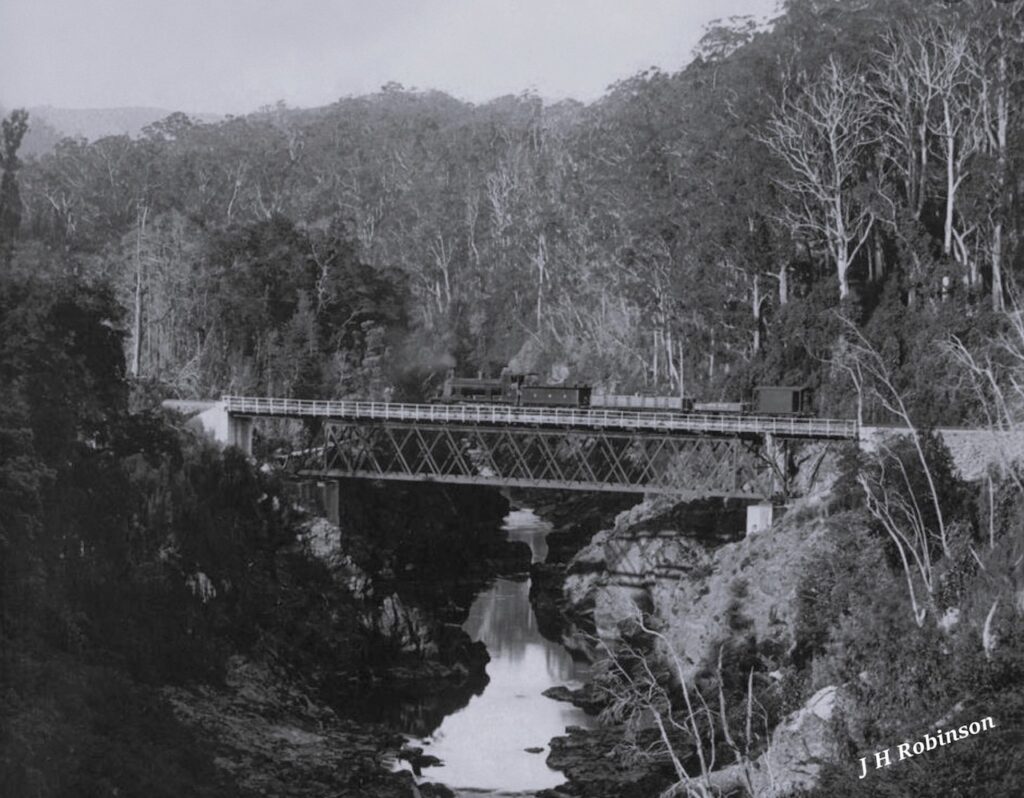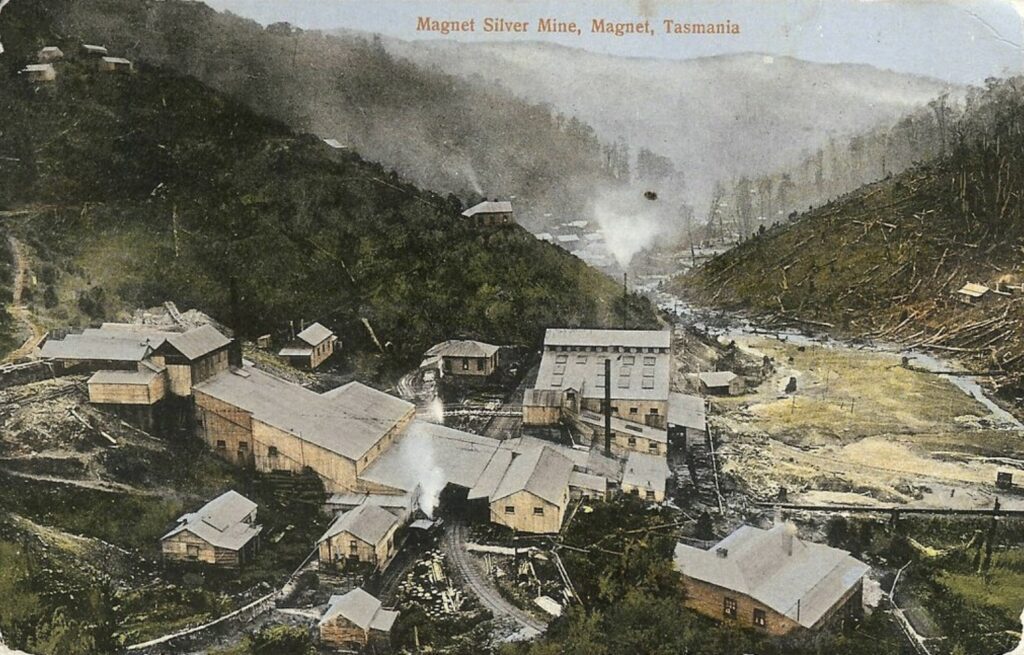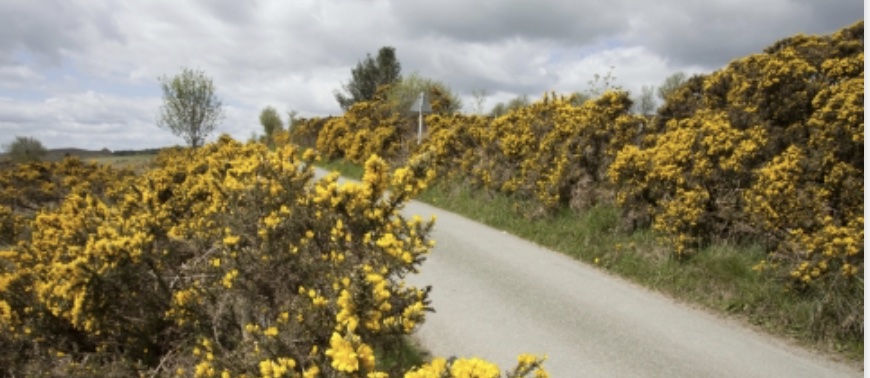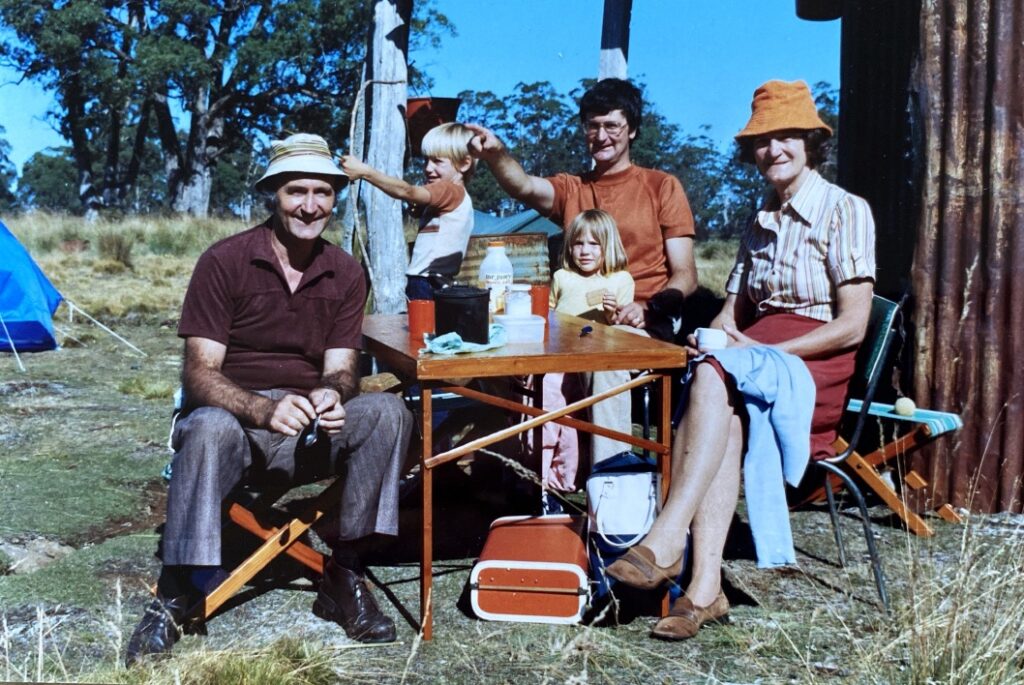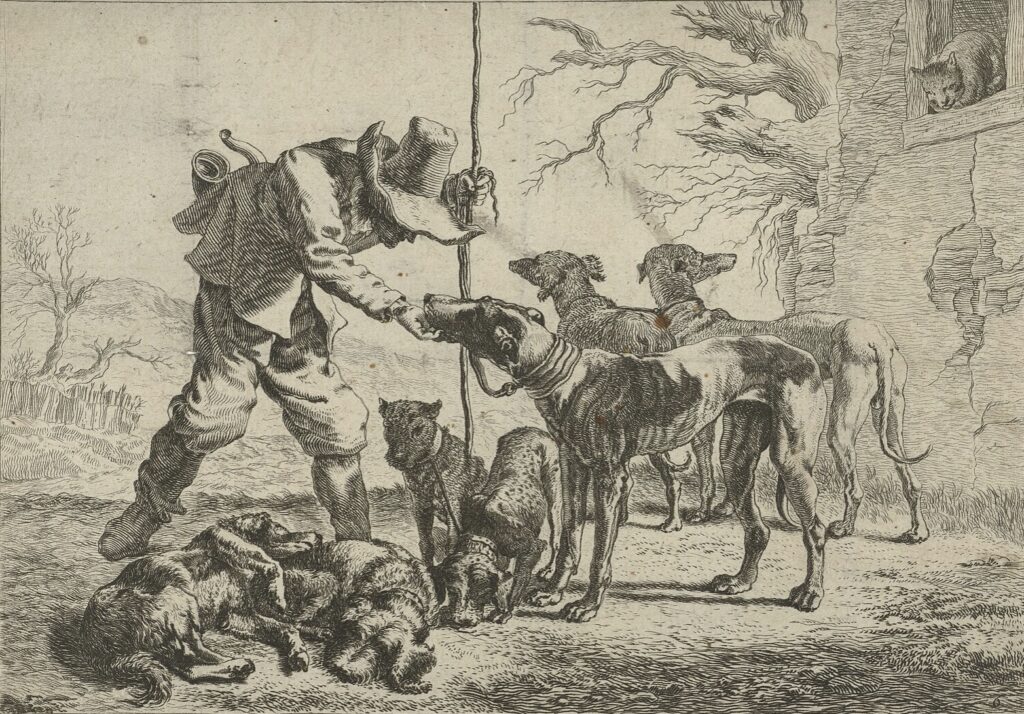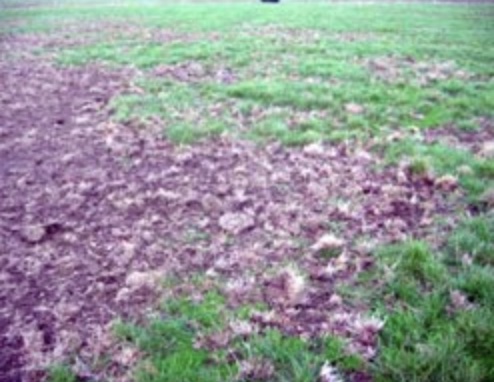Burnie
How the Hampshire Hills became a sea of yellow
Gorse was brought to Tasmania in the early 1800s. Its principal use was as an ornamental hedge by settlers hoping to replicate the paddocks of England. The Reverend Knopwood purchased some English gorse at New Town, near Hobart in 1815. Writer, Louisa Anne Meredith, noted the widespread use of gorse for hedges on the east coast by 1841.… Read more
The Hills of Surrey Hills
When writing the book on the history of Surrey Hills, many people worked at AFH who were not mentioned but deserved praise for their contributions.
One of those was Ross Hills, a Burnie local who rose to a senior position in AFH. As a manager at Burnie during the 1980s, Ross was part of expanding the eucalypt plantation program.… Read more
Training for bombing raids that never came
In September 1939, at the start of World War II, Japan was embroiled in its invasion of China, and Australia committed its troops overseas to help Britain. By early 1941, Australia had sent three infantry divisions and substantial air and naval resources to the Mediterranean and European theatres. Thus, in December 1941, when Japan entered the war against the Allies, much of Australia’s armed forces were heavily involved in campaigns far from home.… Read more
A bushman and his dogs
Herbert Illichmann has provided some bits and pieces about a gentleman called Harry Fisher. Unfortunately, information about Harry is scant, but there are references to him in Kim McDermott’s excellent book Last of the Wildcats and the memoirs of Herbert’s father-in-law, Lindsay Wilson.
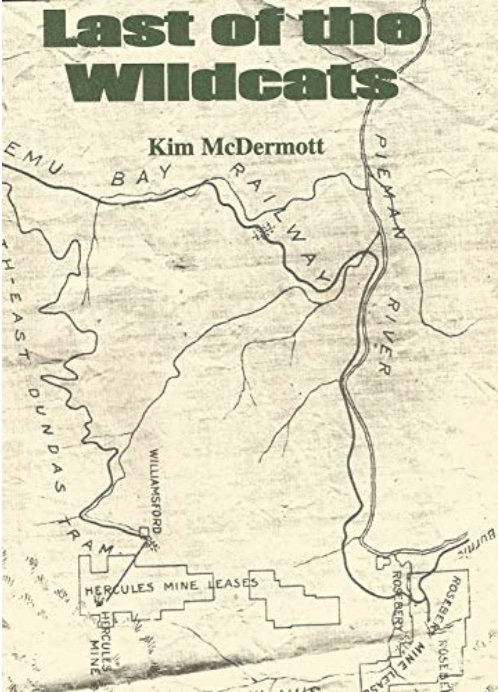
There are also a couple of newspaper articles about Harry, but because Lindsay didn’t provide specific dates, I cannot find them.
The pastoralist’s scourge
While researching for my book “Fires, Farms and Forests”, I came across quite a few caterpillar references in the correspondence of the Chief Agents of the Van Diemen’s Land Company (VDL Co.). The caterpillars were killing off improved pastures planted after clearing or logging and scrubbing operations.
The caterpillar problem was not unique to the VDL Co.… Read more
